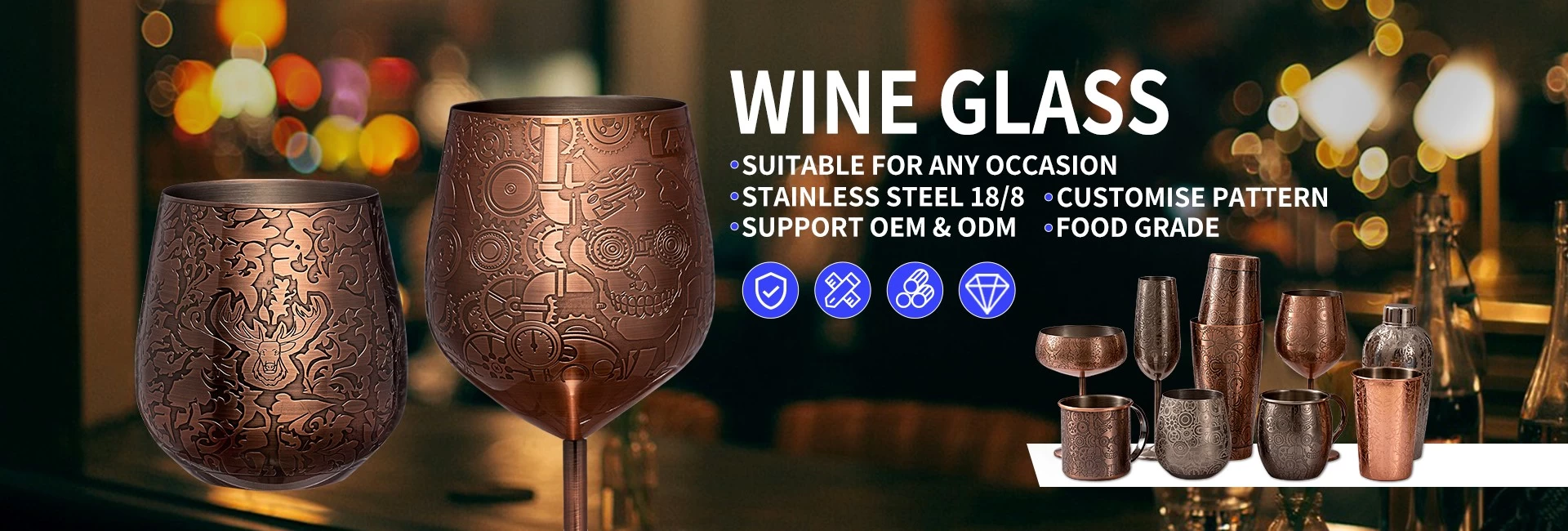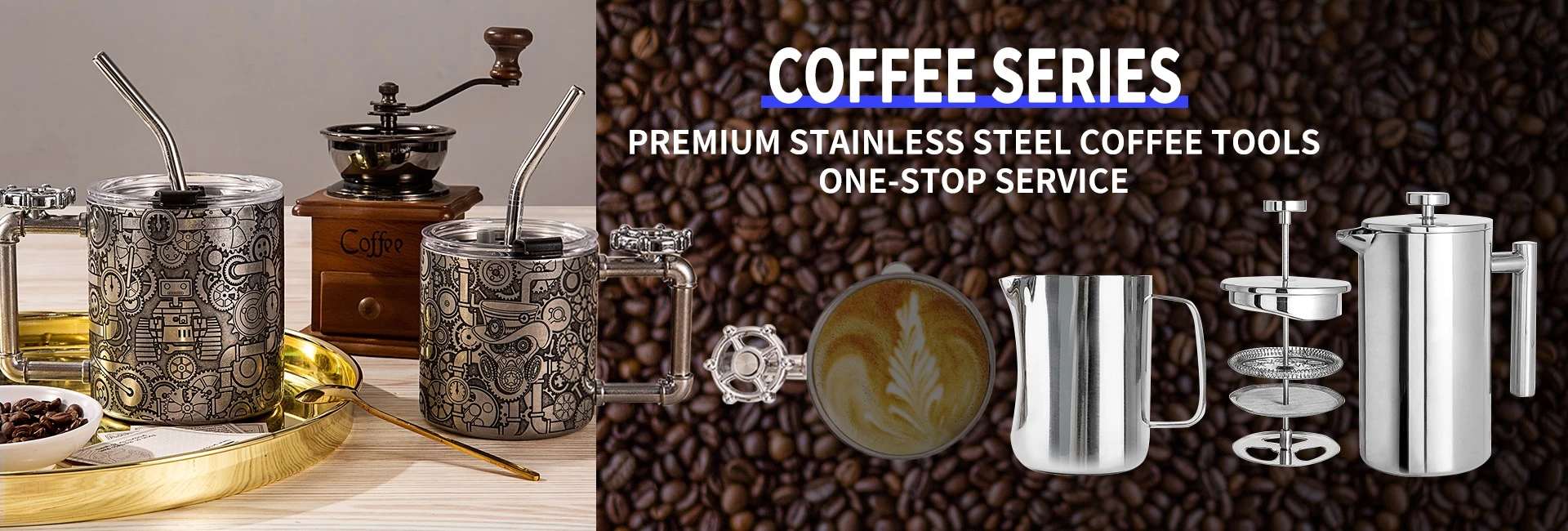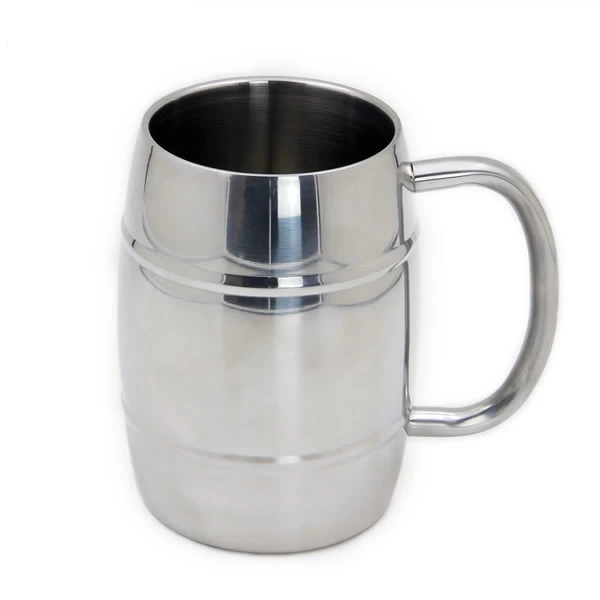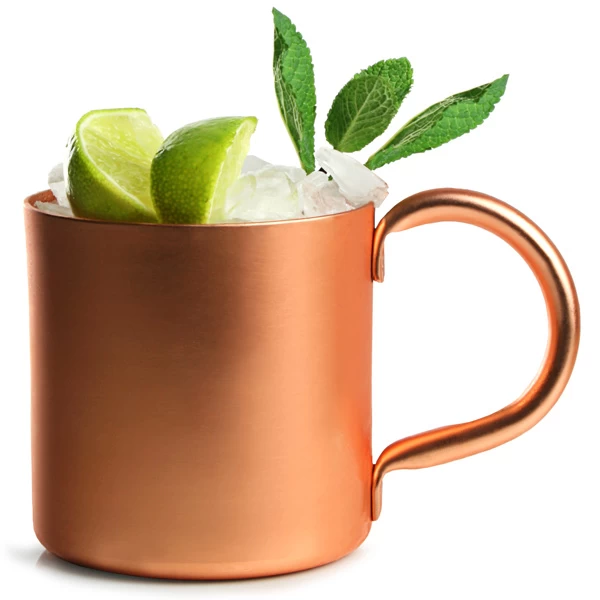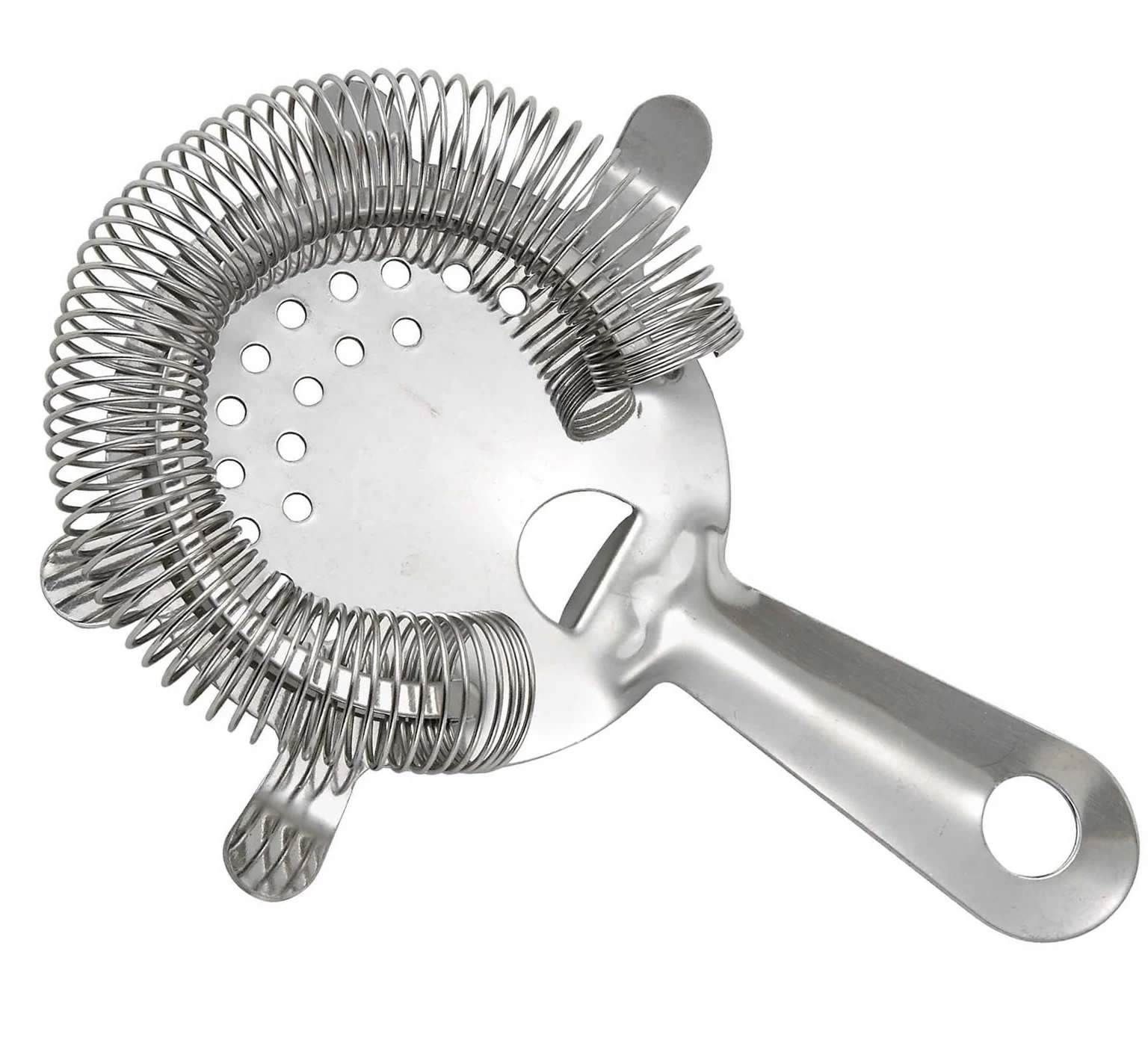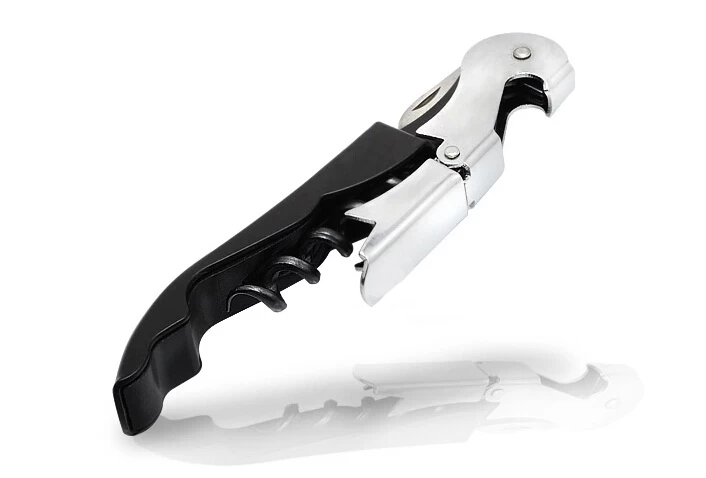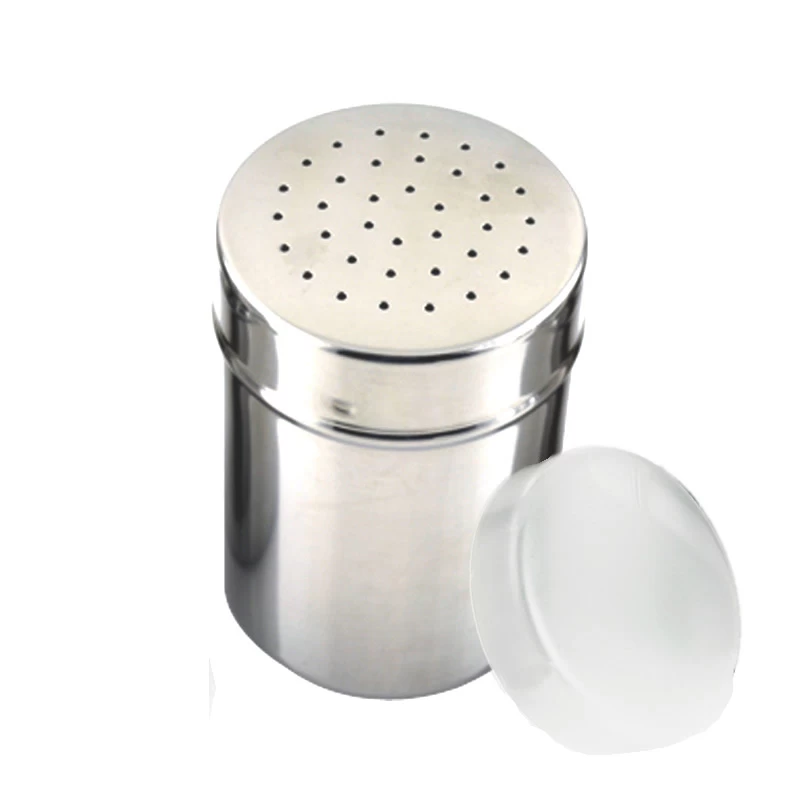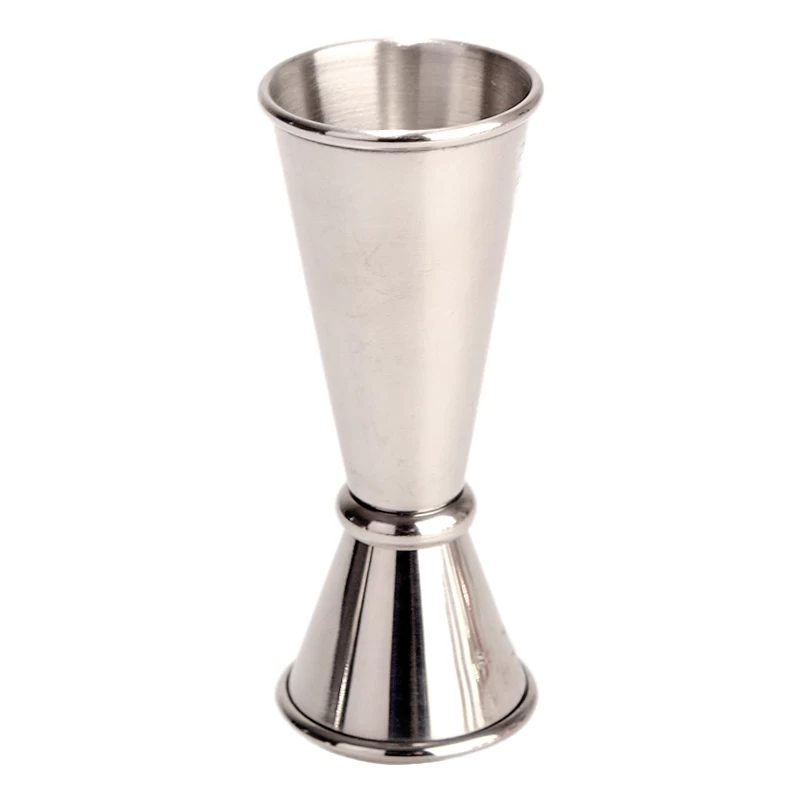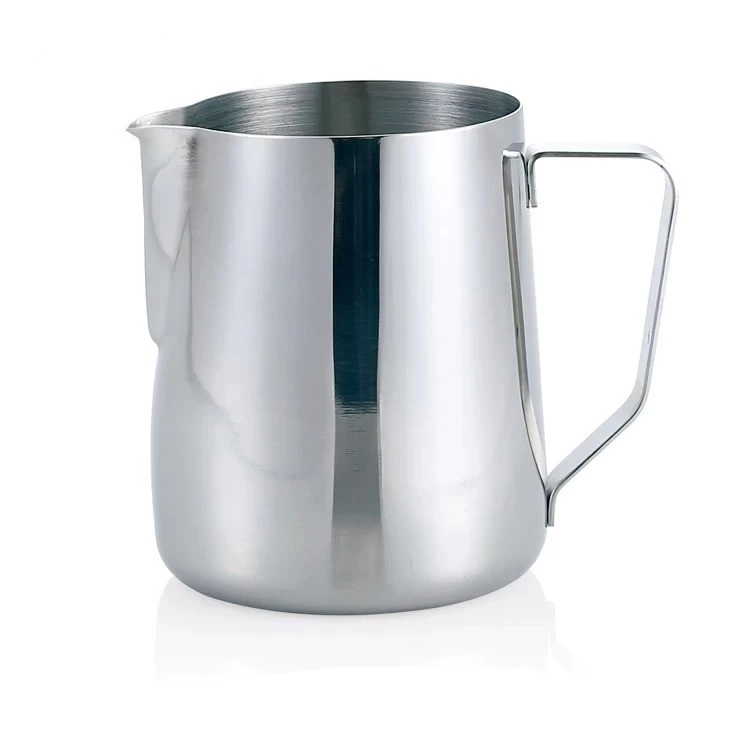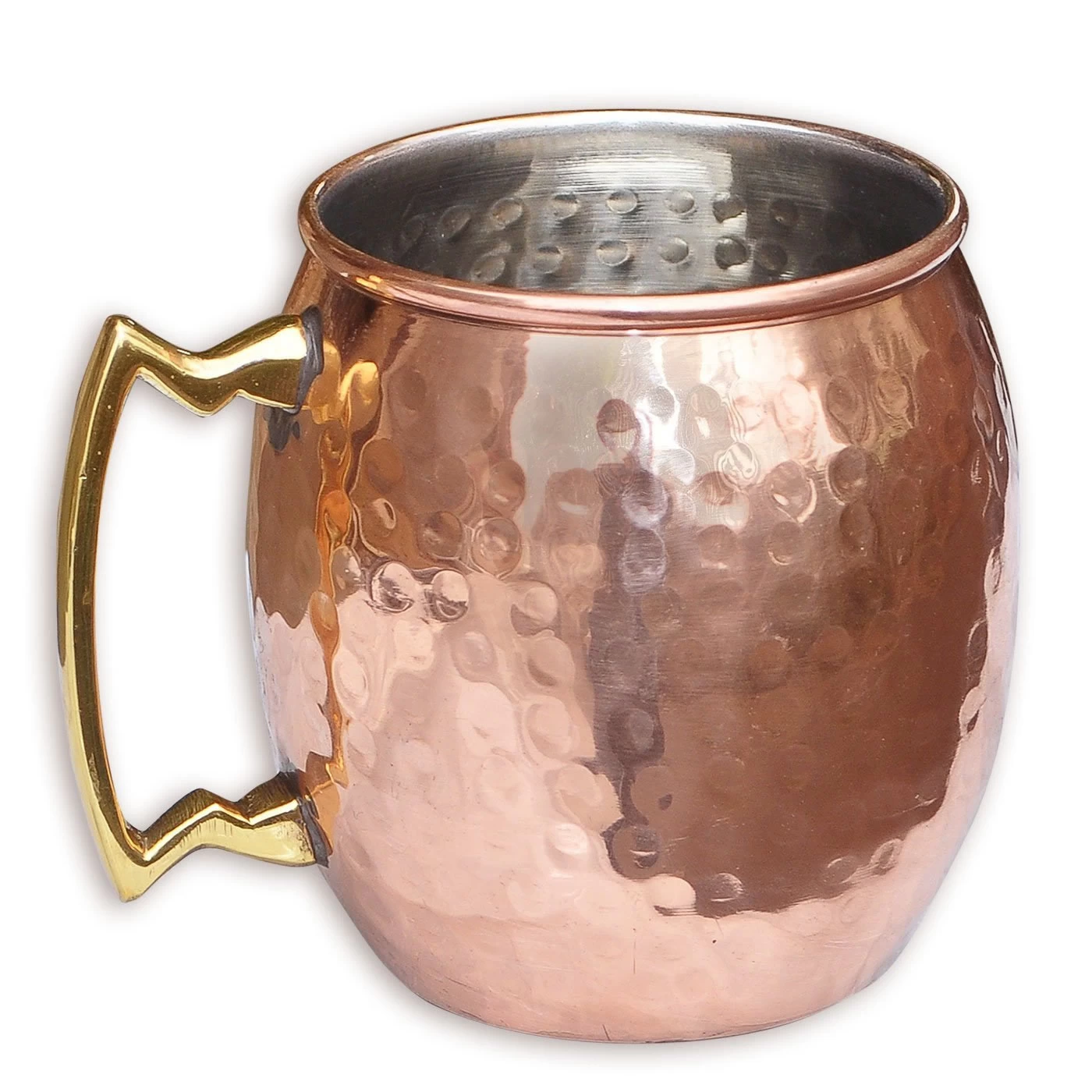Does stainless steel cup tea really release heavy metals? It turned out to be like this
E-BON
E-BON
2018-09-05 11:29:37
Because of its beautiful appearance and easy cleaning, stainless steel cups are very popular. However, there is a saying that stainless steel cup tea will precipitate heavy metal chromium, drink can cause cancer, and harmless health. Can stainless steel cups be used? How to use it more safely?

It’s called stainless steel, but it’s different.
In daily life, we often see a wide variety of stainless steel products, they are similar from the outside. However, do you know? In fact, they are not exactly the same.
Stainless steel is a general term for a class of alloy steels, which usually contain 10% to 30% chromium and also contains metallic nickel. According to its structure and chemical composition, it can be subdivided into ferritic steel, austenitic steel, martensitic steel, duplex steel and precipitation hardened steel.
In life, you can hear more about "301 Steel", "304 Steel", etc. These numbers refer to the steel grade of AISI. Different grades of stainless steel have different functional characteristics. Some of them are more resistant to corrosion, some are easier to form, and some are stronger, so the use is different.
Does stainless steel water cup tea precipitate chrome?
Many people like to take a stainless steel mug to make tea. However, it is said that the use of stainless steel cups of tea will cause the precipitation of heavy metal chromium in the cup, people will cause cancer after drinking. What is the truth?
Indeed, in some cases, stainless steel does corrode and incur local chromium dissolution. However, just talking about the precipitation, not talking about the dose, it is too calm to say that it is carcinogenic. In practice, in the normal use of the situation, the amount of chromium in the stainless steel cup that meets the national standard is extremely small, and there is no need to worry about it affecting human health.
In daily life, we often see a wide variety of stainless steel products, they are similar from the outside. However, do you know? In fact, they are not exactly the same.
Stainless steel is a general term for a class of alloy steels, which usually contain 10% to 30% chromium and also contains metallic nickel. According to its structure and chemical composition, it can be subdivided into ferritic steel, austenitic steel, martensitic steel, duplex steel and precipitation hardened steel.
In life, you can hear more about "301 Steel", "304 Steel", etc. These numbers refer to the steel grade of AISI. Different grades of stainless steel have different functional characteristics. Some of them are more resistant to corrosion, some are easier to form, and some are stronger, so the use is different.
Does stainless steel water cup tea precipitate chrome?
Many people like to take a stainless steel mug to make tea. However, it is said that the use of stainless steel cups of tea will cause the precipitation of heavy metal chromium in the cup, people will cause cancer after drinking. What is the truth?
Indeed, in some cases, stainless steel does corrode and incur local chromium dissolution. However, just talking about the precipitation, not talking about the dose, it is too calm to say that it is carcinogenic. In practice, in the normal use of the situation, the amount of chromium in the stainless steel cup that meets the national standard is extremely small, and there is no need to worry about it affecting human health.
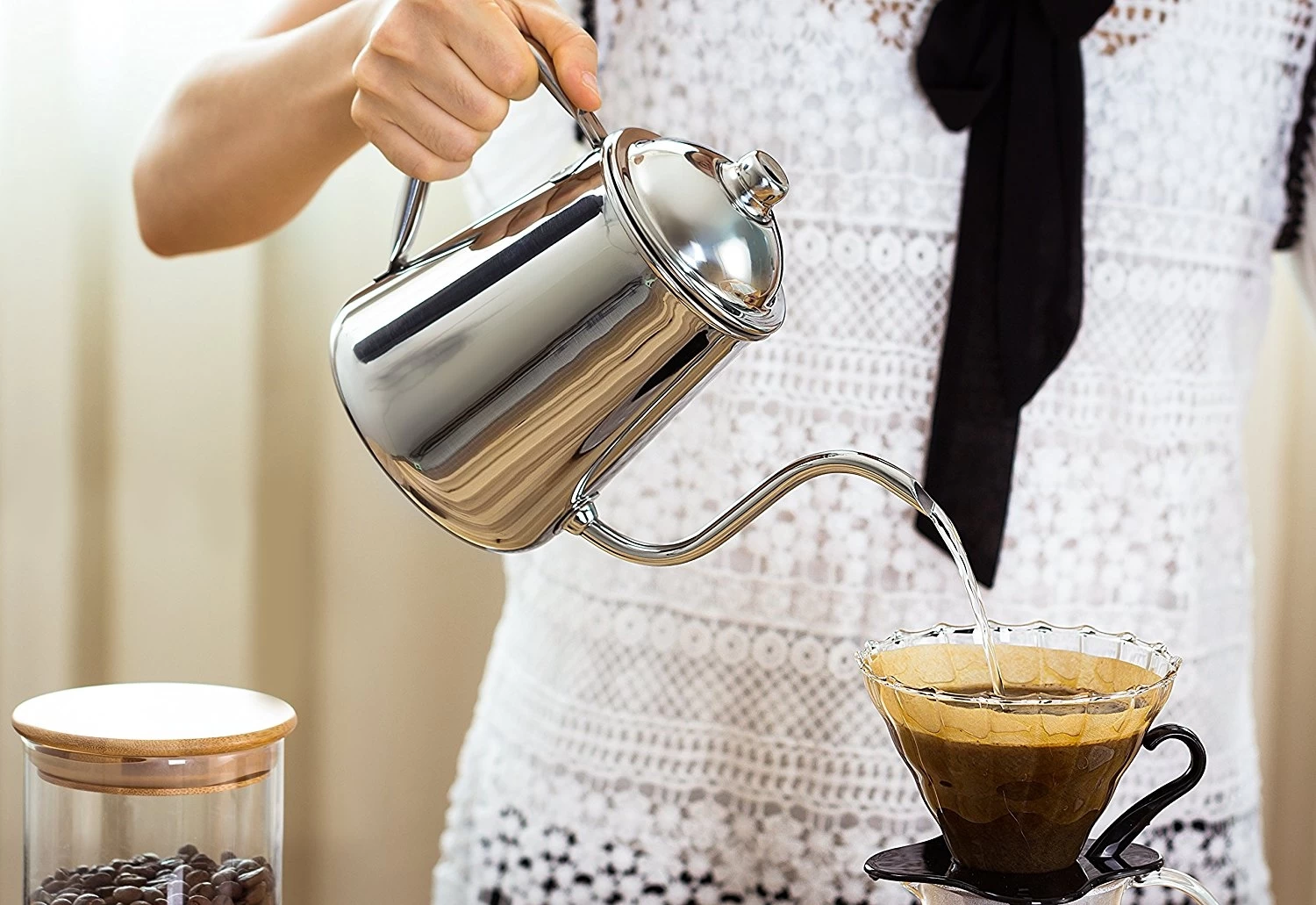
At present, countries around the world have severe restrictions on the migration of chromium components in stainless steel cups. In China's national norms, the chromium migration of stainless steel vessels should not exceed 0.4 mg/dm2, and this migration is measured by boiling in a 4% acetic acid solution for 30 minutes and then soaking for 24 hours.
In other words, you need to throw a piece of stainless steel in a 4% acetic acid solution, then boil for 30 minutes, and then soak for 24 hours, the chromium migrated per square decimeter should not exceed 0.4 mg.
The tea we usually drink is only slightly weakly acidic, and the corrosion strength to stainless steel is much smaller. In practice, the tea will not boil in the stainless steel cup for 30 minutes, nor will it soak for so much time, the response speed will be slower and the migration will be much lower. Therefore, only the stainless steel cup you use is a product that conforms to the standard. If you leave a cup of tea for too long, you don't have to worry about the excessive chrome content.
The demand clarifies that although daily use does not have to worry, stainless steel products are not suitable as containers for temporary storage of food, especially for seasonings such as salt, sauce and vinegar. It is better to store these food seasonings with qualified ceramic or glassware.
Some people can say, if I put it for a few days? But really put the tea on for a few days, the moldy change is probably the first thing to worry about!
Stainless steel cups will not rust? certainly not!
The name "stainless steel" naturally makes people think that this steel will not rust. Wolverine is gradually getting old under the corrosion of the years, stainless steel is not "King Kong is not bad body", it is just not easy to rust.
The corrosion resistance of stainless steel depends on the content of chromium. When the content of chromium in stainless steel reaches 12%, in the atmospheric or oxidizing environment, chromium can spontaneously form a thin passivation film, which can prevent the contact of data with oxidation and avoid corrosion, thus, daily use Normally it will not rust.
However, if it encounters acid, alkali, salt and other substances or the passivation film is destroyed, the corrosion condition can still occur, but the speed is slower, and it gradually rusts overnight.
In addition, many people now wash stainless steel products with sharp tools such as metal cleaning balls and hard plastic brushes when cleaning stainless steel products. It is easy to destroy this film and slow down the corrosion rate of stainless steel products.
Therefore, when using stainless steel cups daily, try not to use sharp tools to clean, such as cleaning the ball, it will destroy the appearance of stainless steel, slow down the damage of stainless steel, it is best to use sponge or cotton cloth to clean.


